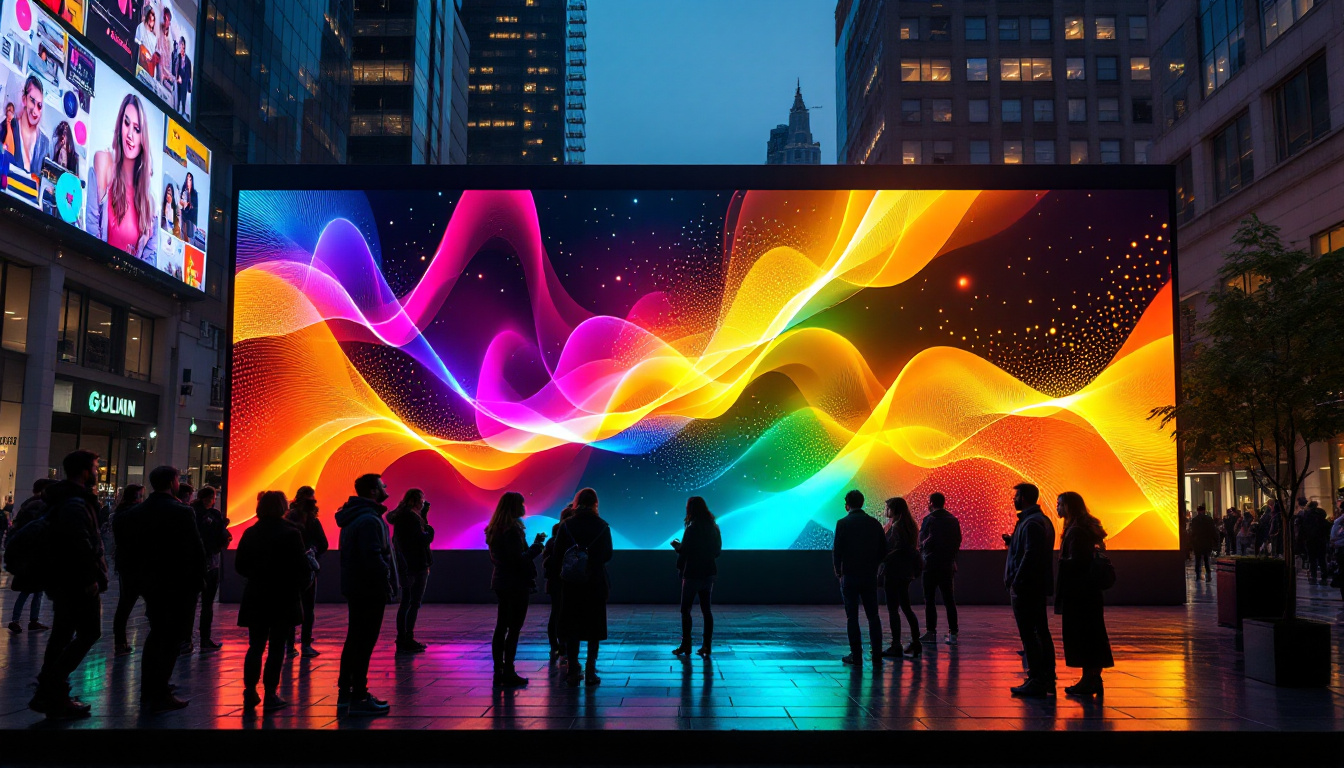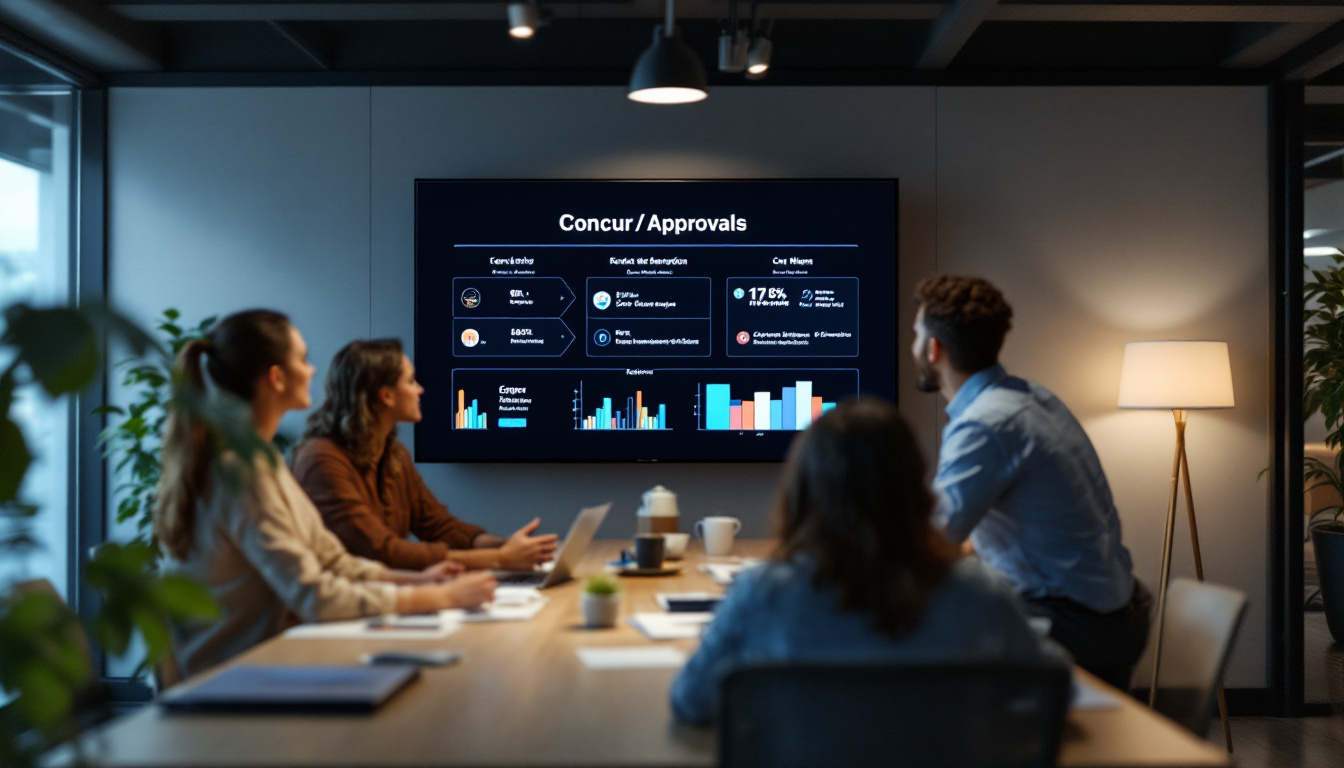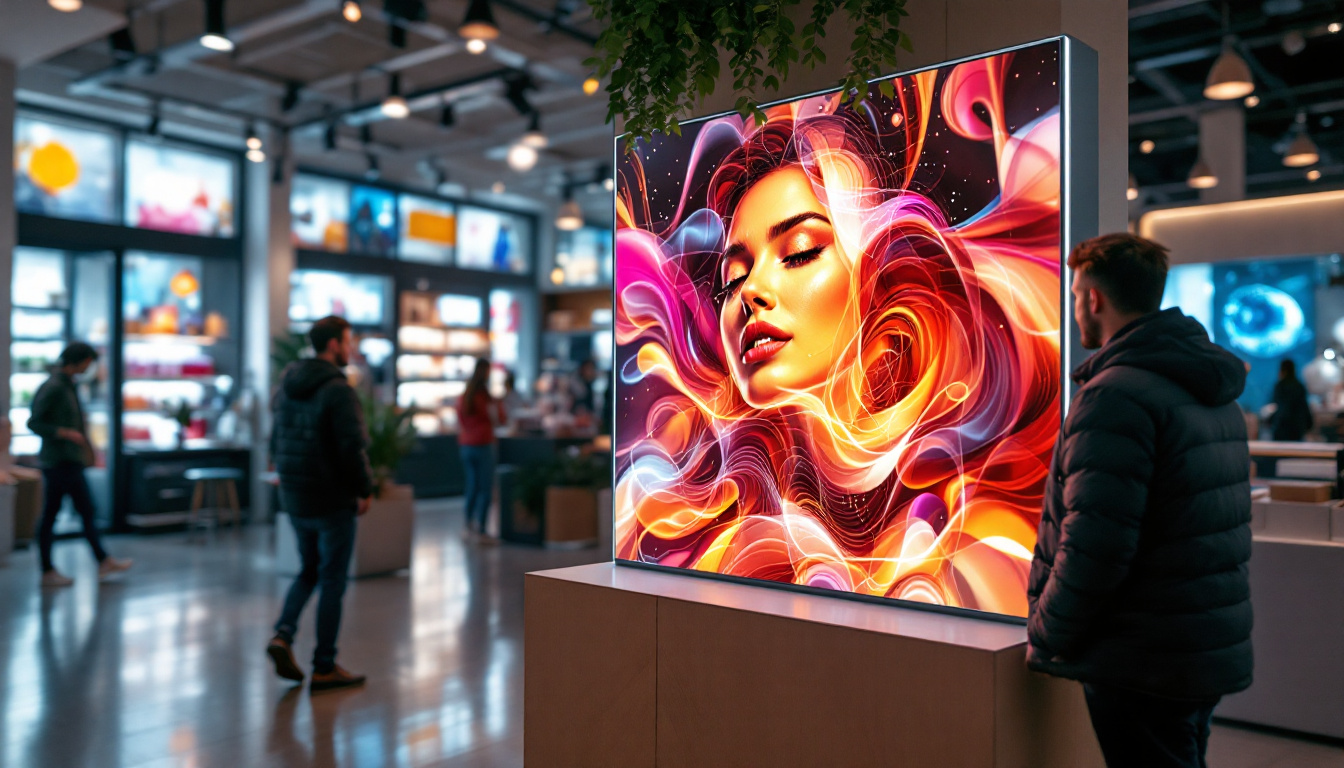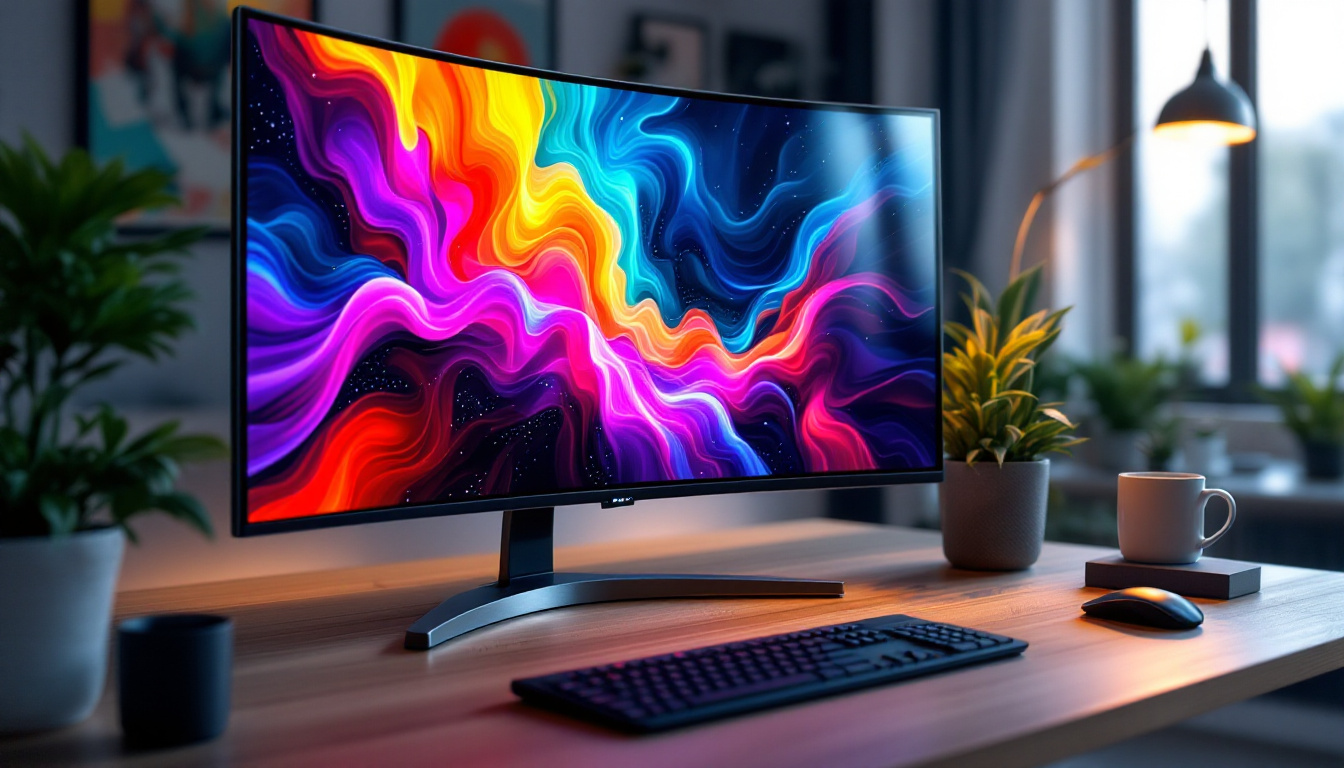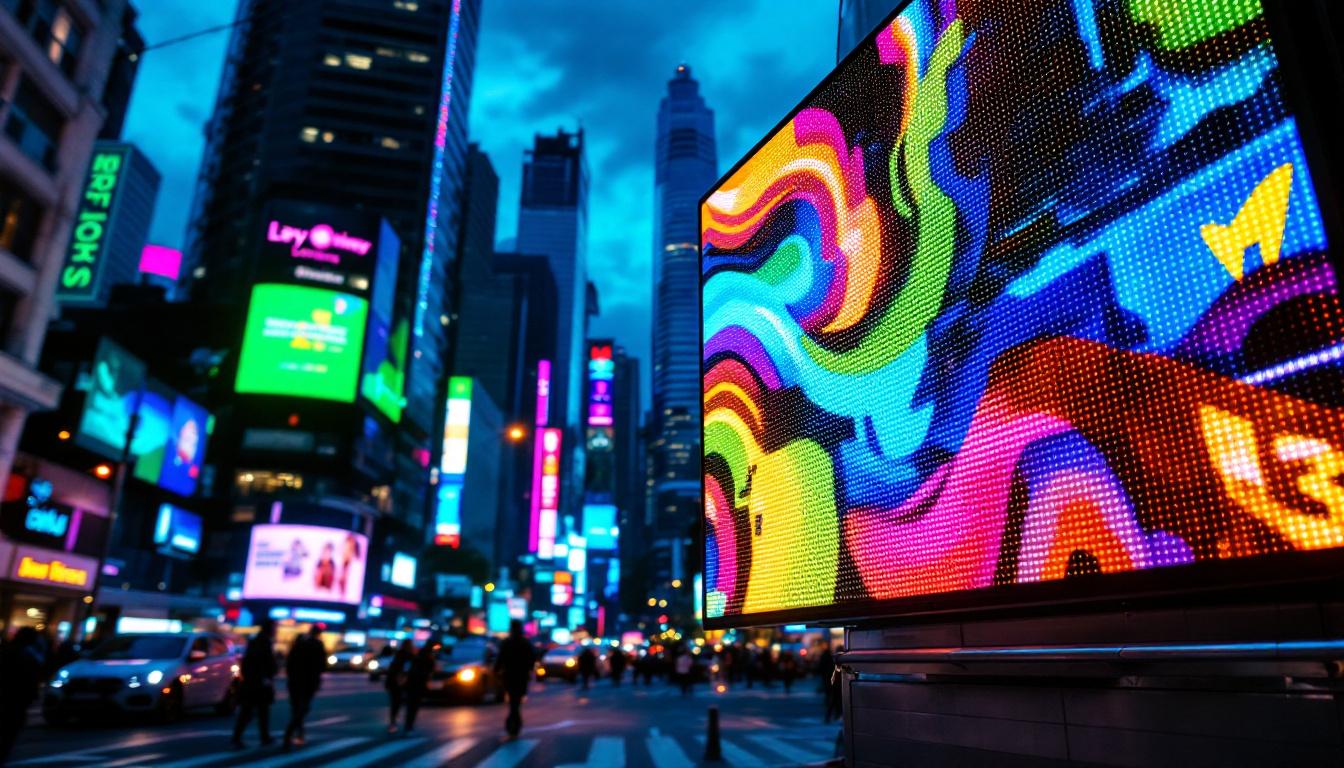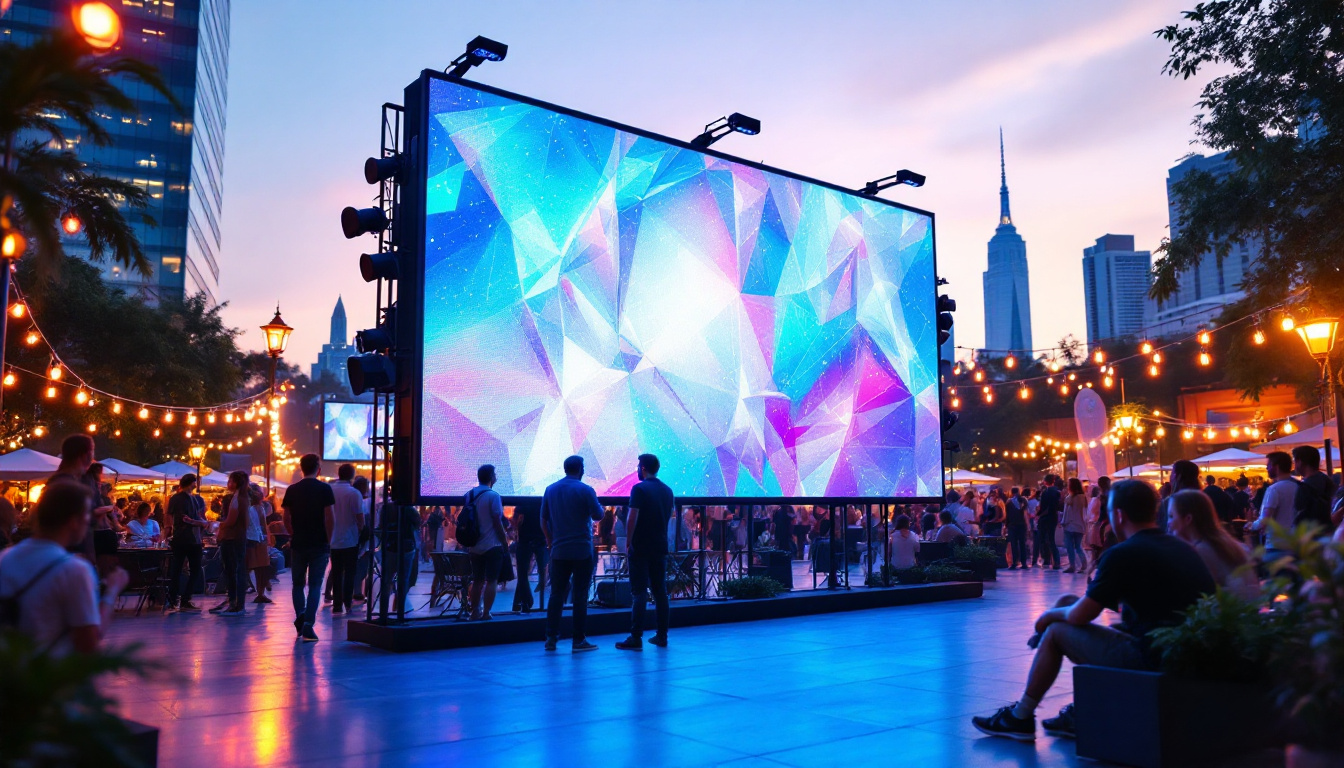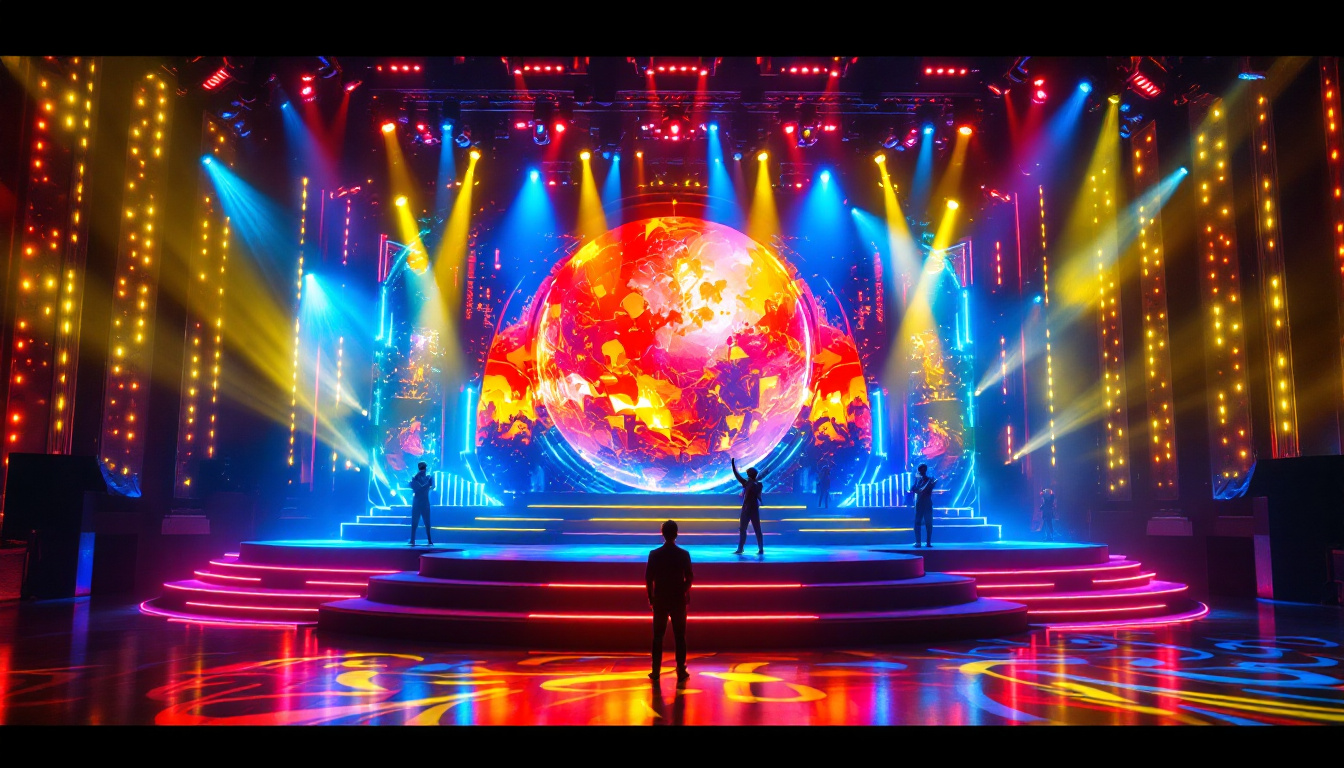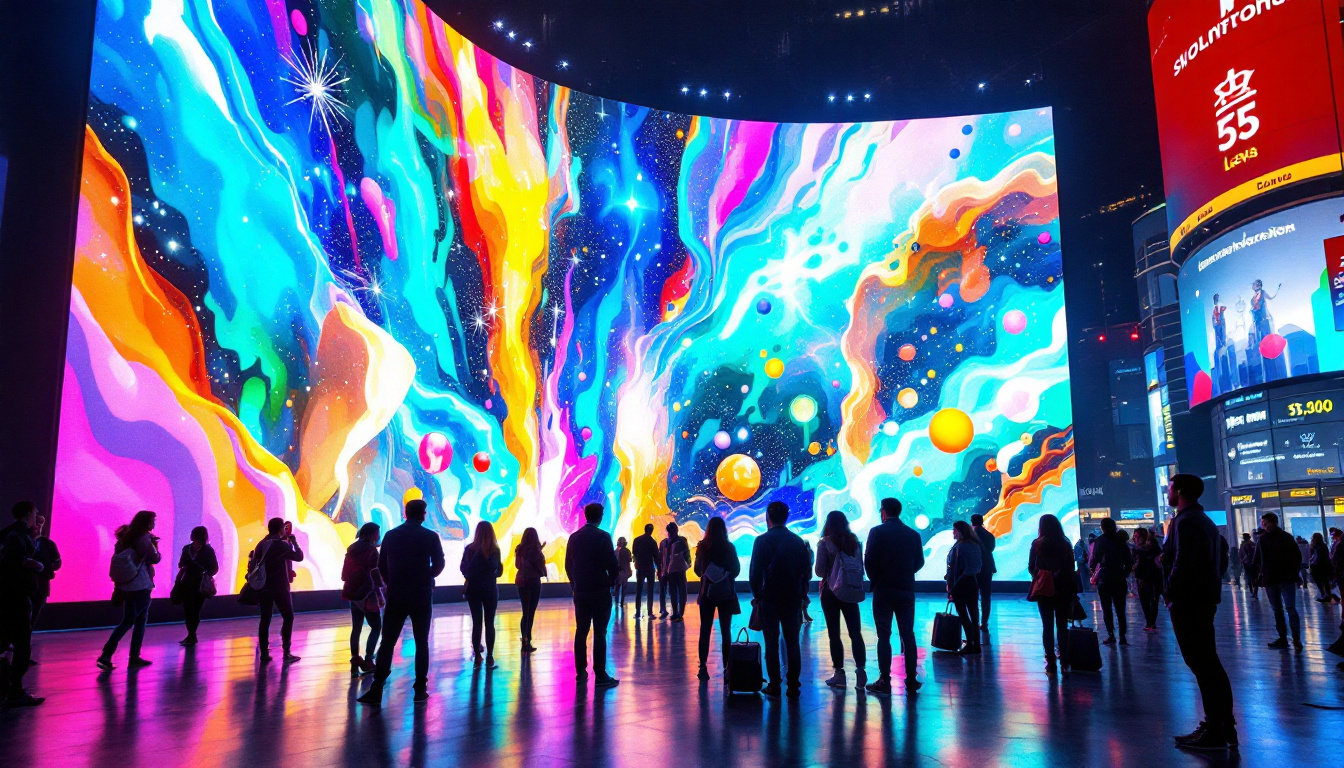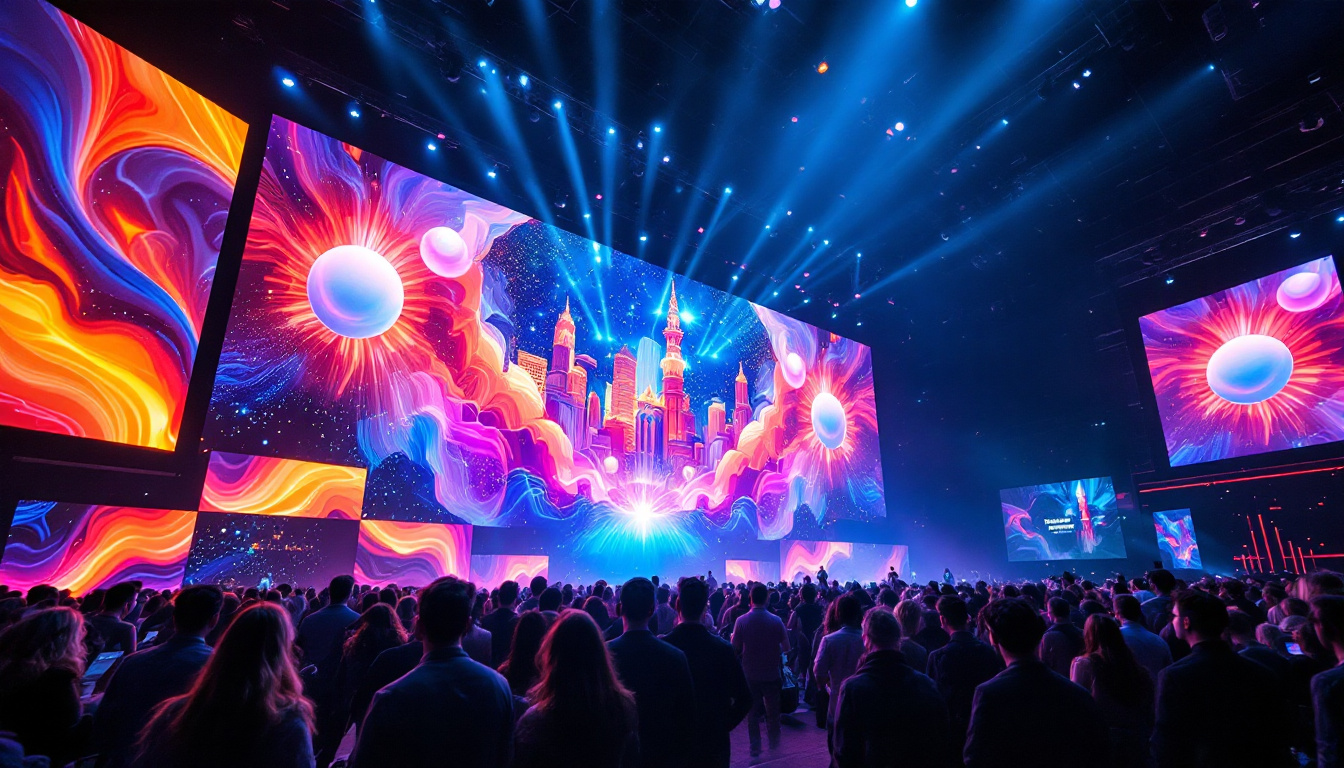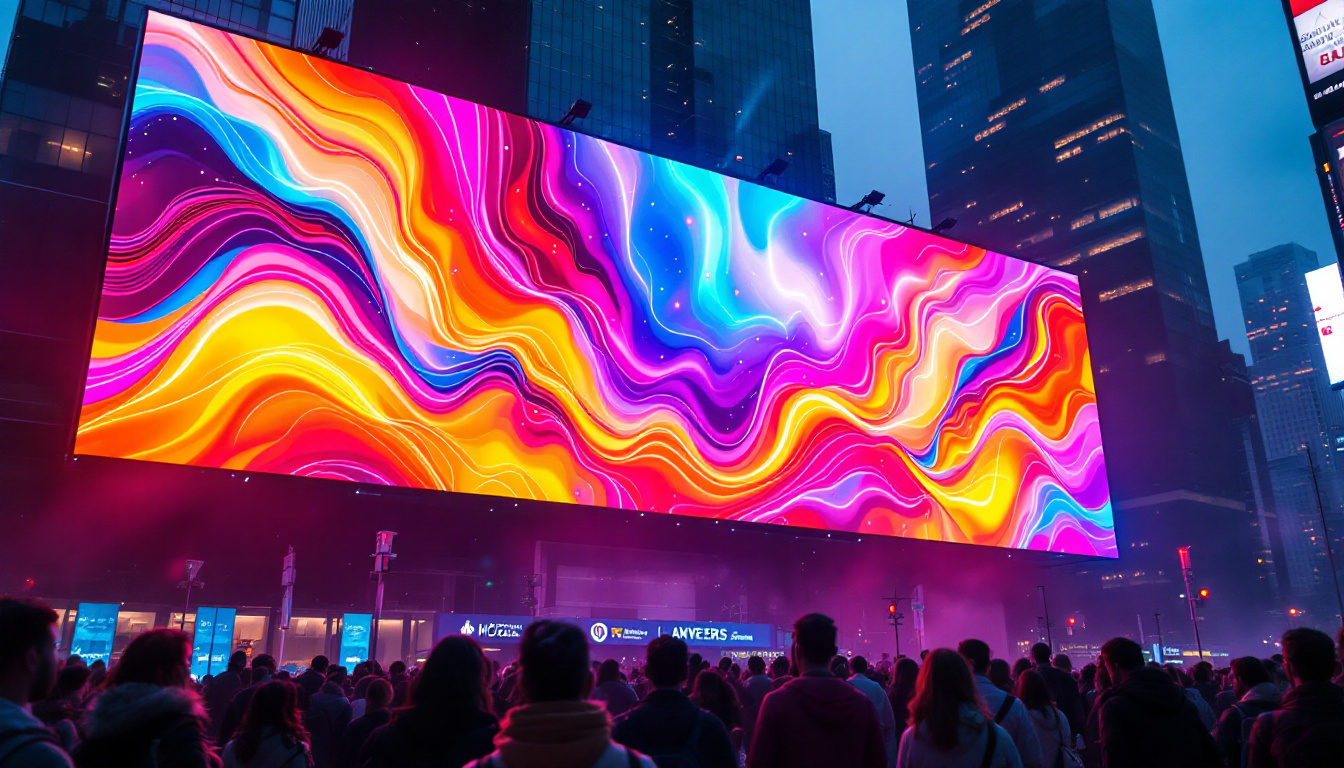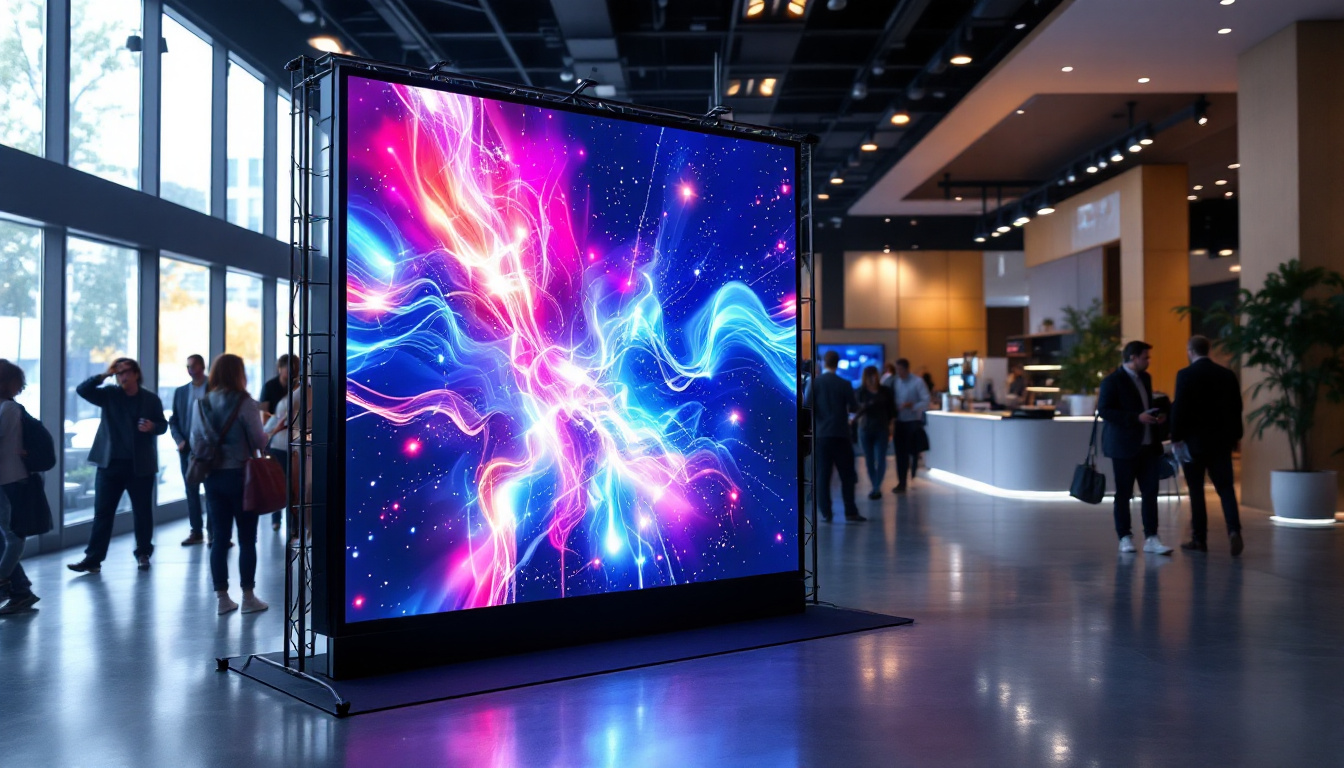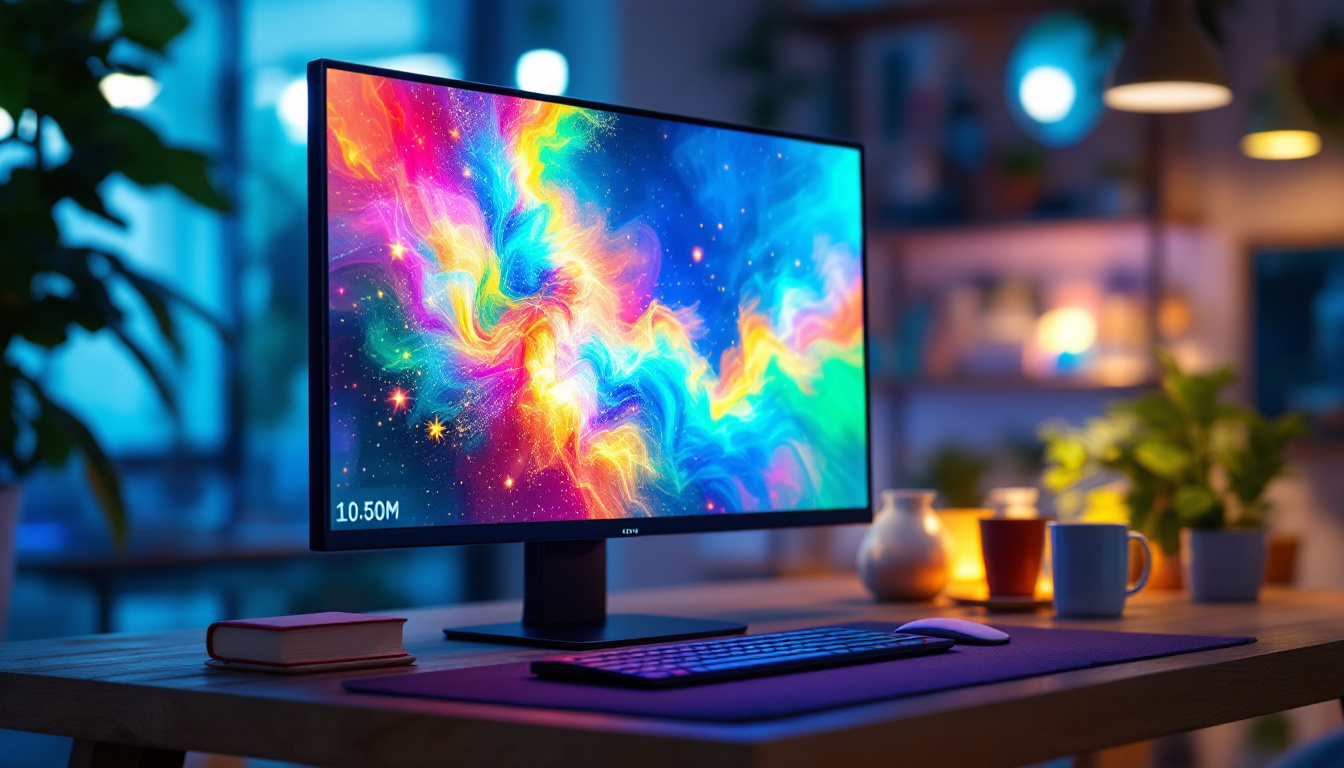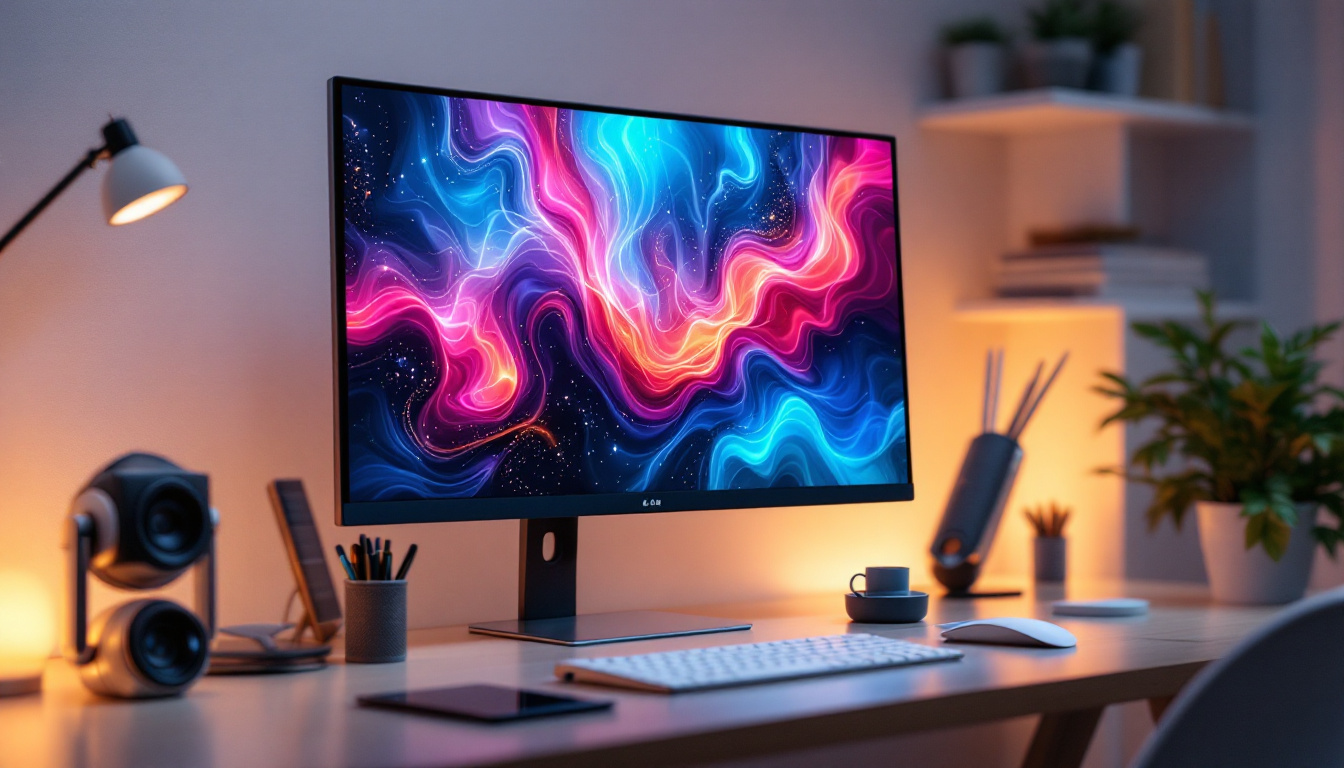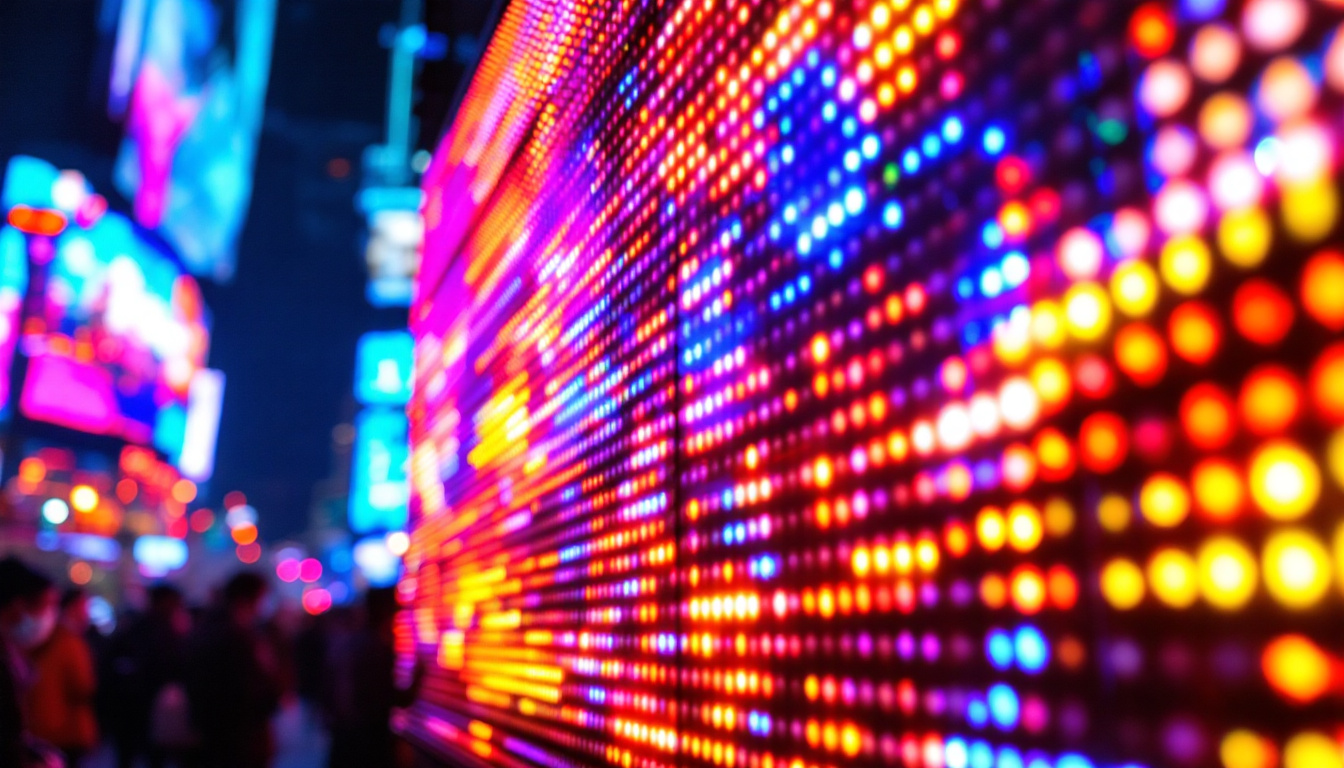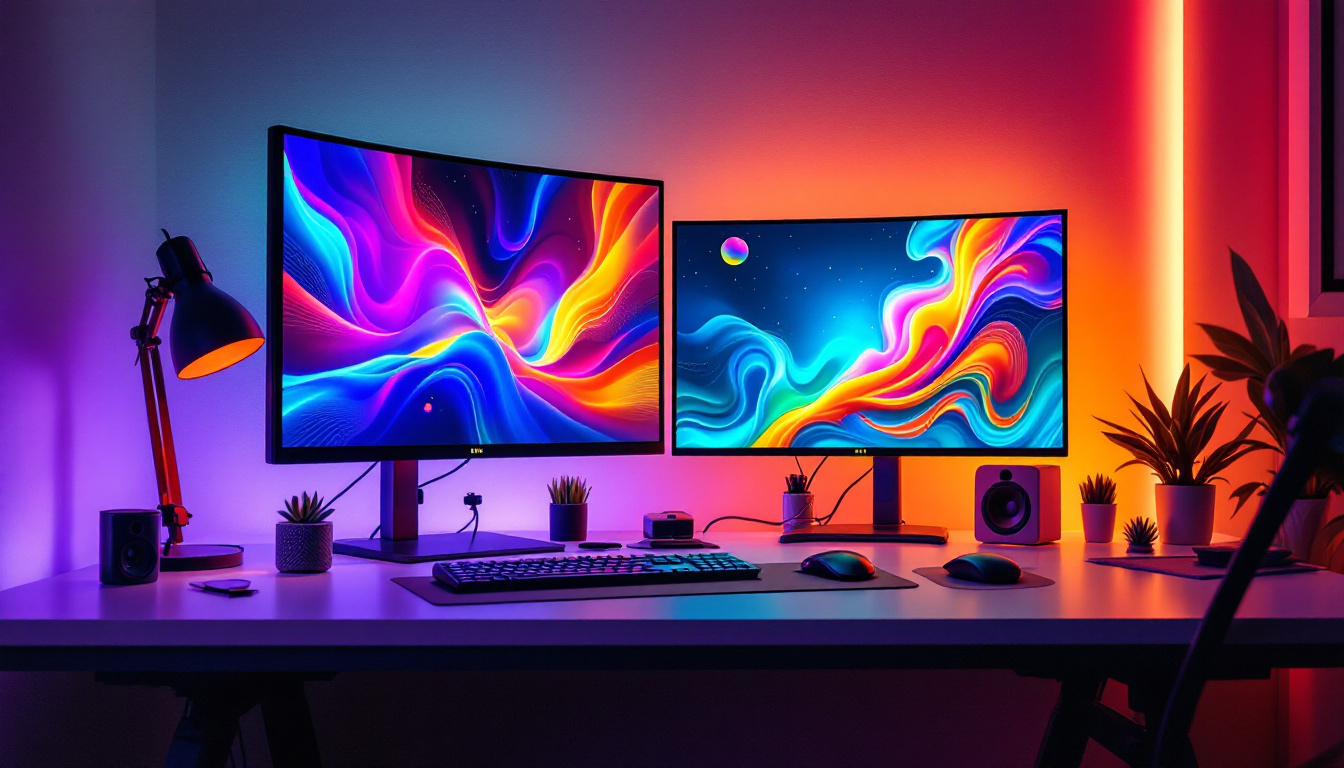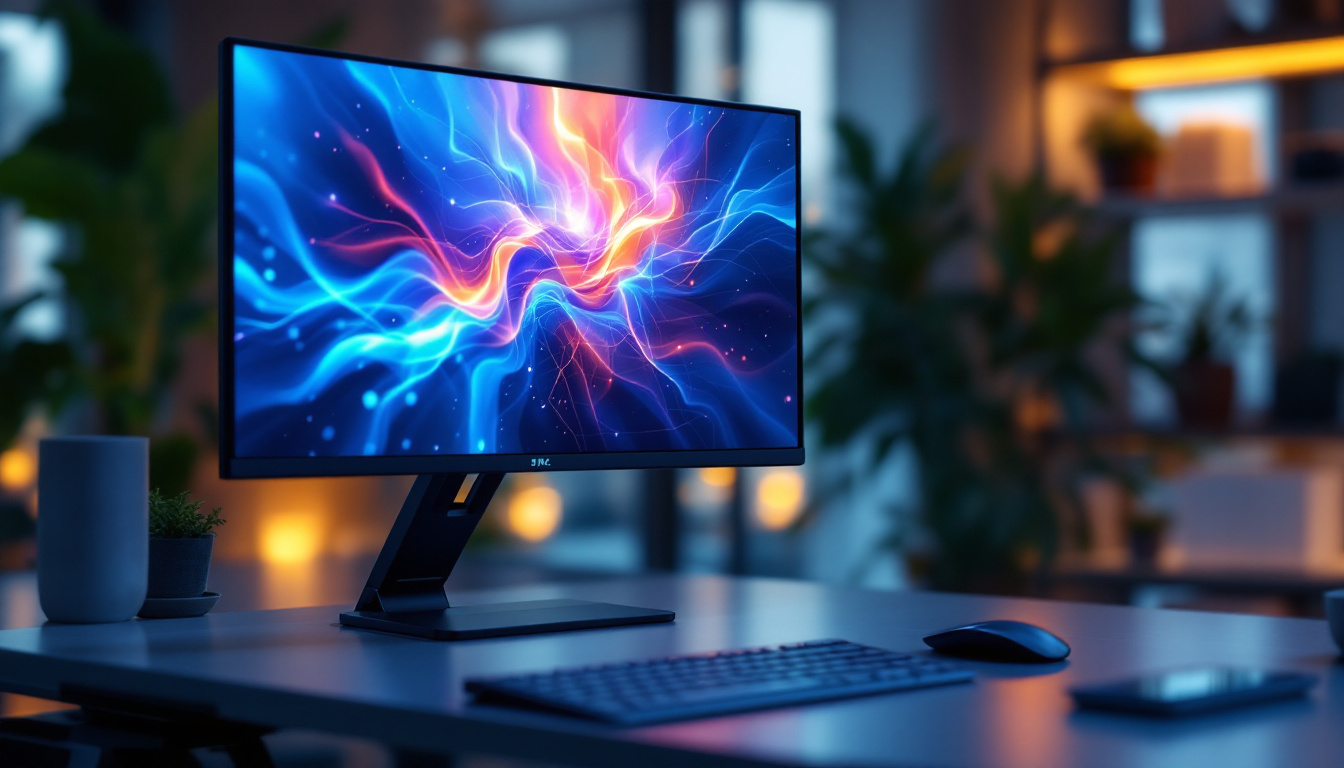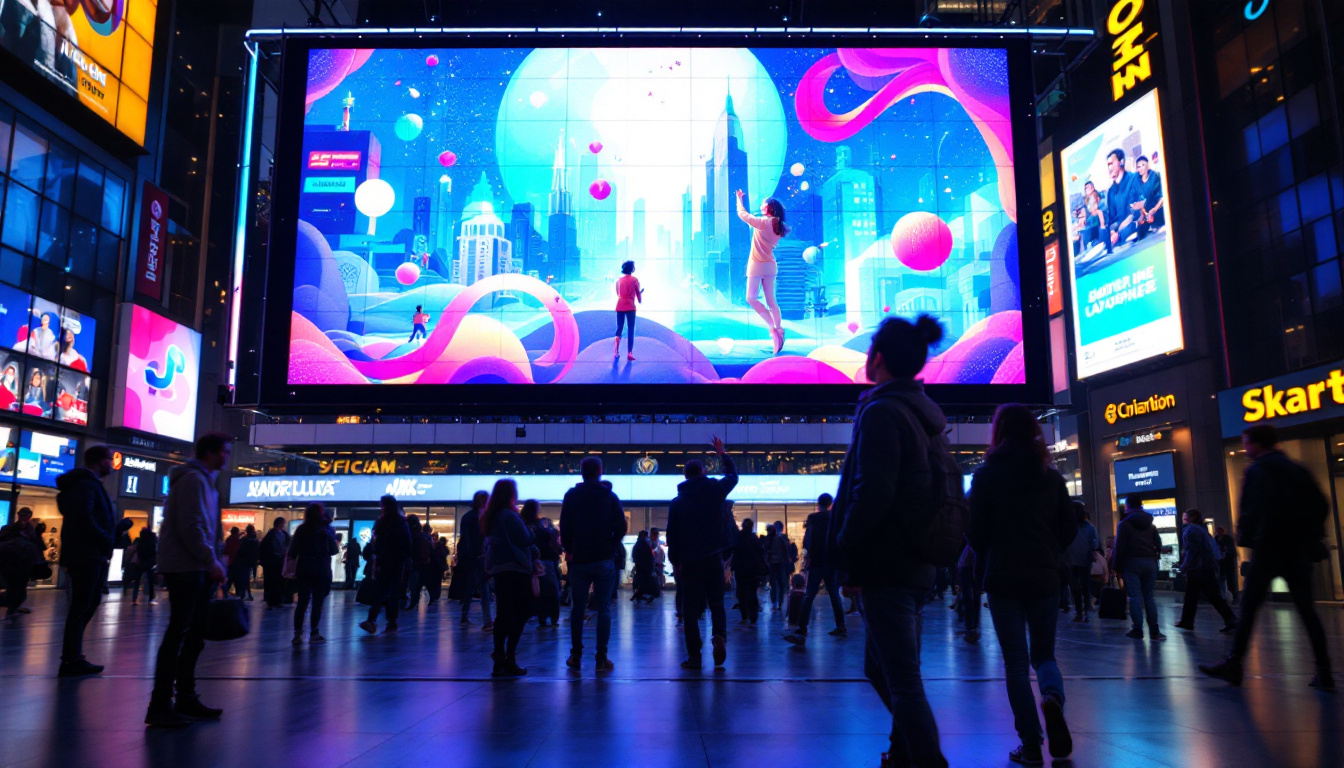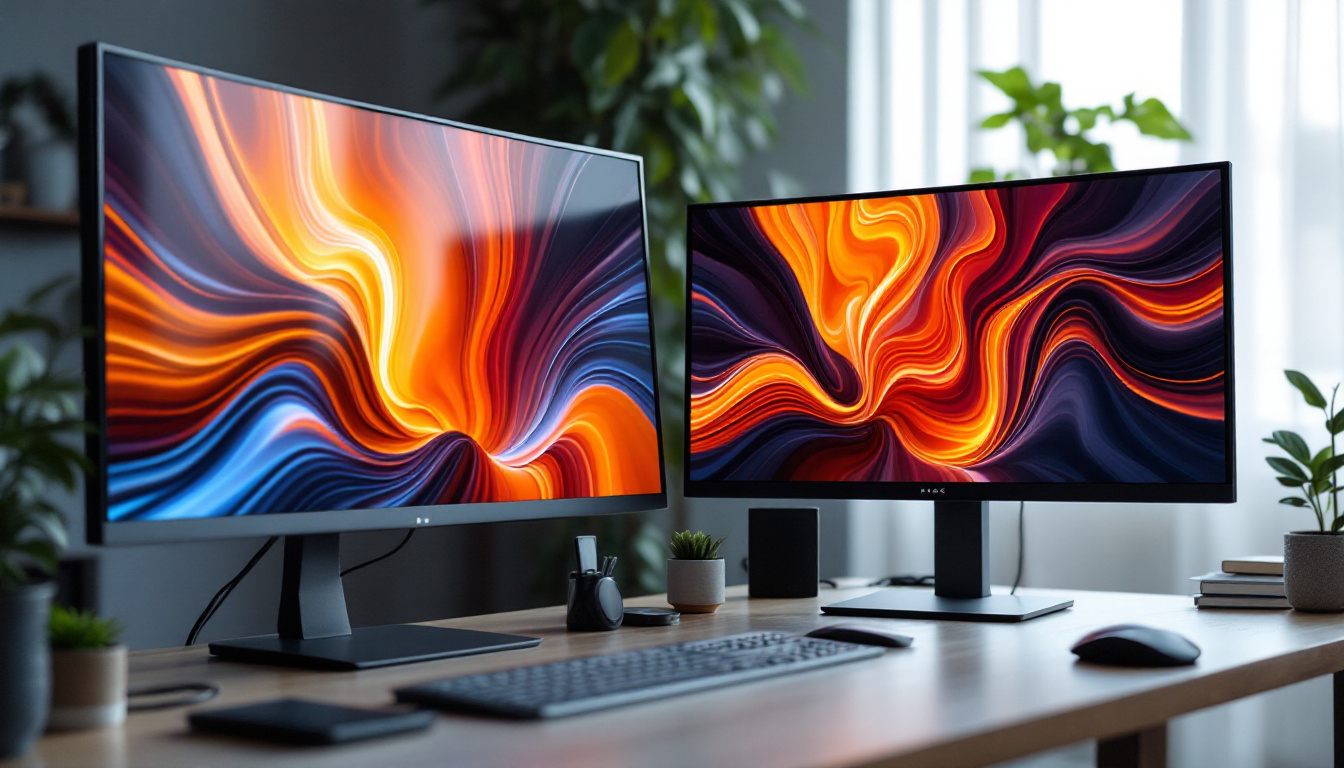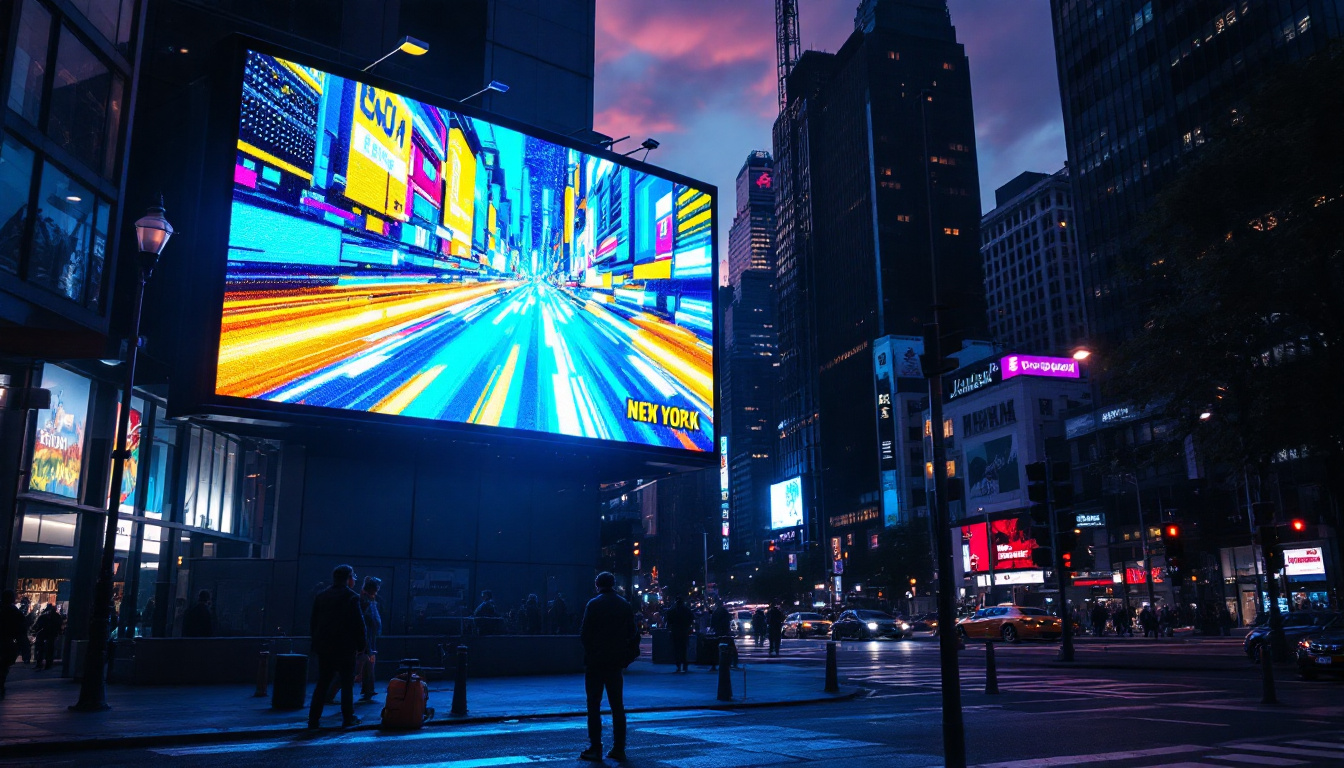In the realm of graphic design, particularly when it comes to digital displays, the concept of alignment plays a crucial role. This article delves into the nuances of alignment in graphic design, with a specific focus on LED displays. Understanding how alignment affects visual communication can enhance the effectiveness of any design project.
Understanding Alignment in Graphic Design
Alignment refers to the arrangement of elements in a design in relation to each other and the overall layout. It is a fundamental principle that ensures a cohesive and organized appearance, guiding the viewer’s eye through the content. Proper alignment can create a sense of order, making designs more aesthetically pleasing and easier to navigate.
The Importance of Alignment
Alignment is not merely a stylistic choice; it serves a functional purpose in graphic design. By establishing a clear visual hierarchy, alignment helps to direct attention to key elements of the design. For example, in a poster or advertisement, aligning text and images can emphasize the most important information, ensuring that the viewer receives the intended message quickly.
Moreover, alignment contributes to the overall professionalism of a design. A well-aligned layout conveys credibility and attention to detail, which can significantly impact how a brand is perceived. In contrast, misalignment can lead to a chaotic appearance, detracting from the intended message and potentially confusing the audience. This is particularly crucial in branding, where first impressions can make or break a potential customer’s interest. A well-aligned logo, for instance, not only enhances brand recognition but also fosters trust and loyalty among consumers.
Types of Alignment
There are several types of alignment commonly used in graphic design, each serving a different purpose:
- Left Alignment: This is the most common alignment for text. It creates a straight left edge and is easy to read, making it ideal for body text.
- Center Alignment: Centered text is often used for titles or headings. It creates a balanced look but can be harder to read in long passages.
- Right Alignment: This alignment is less common but can be effective for creating a unique visual style. It is often used in captions or sidebars.
- Justified Alignment: Justified text creates a clean look by aligning both the left and right edges. However, it can lead to uneven spacing between words, which may affect readability.
In addition to these standard alignments, designers often explore creative variations to enhance their work. For instance, asymmetrical alignment can create dynamic tension and visual interest, drawing the viewer’s eye in unexpected directions. This technique is particularly popular in modern web design, where breaking traditional alignment rules can lead to a more engaging user experience. Furthermore, grid systems are frequently employed to maintain consistency across various design elements, allowing for a harmonious balance that guides the viewer’s journey through the content. By understanding and manipulating these different types of alignment, designers can craft compelling narratives that resonate with their audience.
LED Displays: A Unique Medium
LED displays have revolutionized the way information is presented in public spaces. These vibrant screens are capable of displaying dynamic content, making them an ideal choice for advertisements, announcements, and artistic installations. However, the principles of graphic design, including alignment, remain essential even in this high-tech medium.
Characteristics of LED Displays
LED displays are characterized by their brightness, color vibrancy, and ability to display moving images. These features make them highly effective for capturing attention in busy environments. However, the dynamic nature of LED displays also presents unique challenges for graphic designers.
One of the primary considerations when designing for LED displays is the viewing distance. Unlike printed materials, which can be examined up close, LED displays are often viewed from a distance. This means that text and images must be large and clear enough to be legible from afar. Alignment becomes crucial in ensuring that all elements are easily discernible, regardless of the viewer’s position.
Designing for LED Displays
When creating content for an LED display, designers must consider not only alignment but also the overall layout and movement of elements. Here are some key factors to keep in mind:
- Hierarchy: Establish a clear visual hierarchy by using alignment to guide the viewer’s eye. Important information should be prominently displayed, while secondary content can be aligned in a way that supports the primary message.
- Contrast: High contrast between text and background is essential for readability. Ensure that aligned elements stand out against one another, especially when dealing with bright colors typical of LED displays.
- Animation: If incorporating movement, ensure that aligned elements transition smoothly. Sudden shifts can disrupt the viewer’s focus and diminish the impact of the design.
Moreover, the use of color in LED displays can significantly influence viewer engagement. Designers should leverage the full spectrum of colors available, considering how different hues can evoke emotions and reactions. For instance, warm colors like red and orange can create a sense of urgency, making them suitable for time-sensitive announcements, while cooler tones like blue and green can convey calmness and trust, ideal for corporate branding. Additionally, the interplay of colors can enhance the overall aesthetic appeal, drawing viewers in and encouraging them to interact with the content.
Another critical aspect is the integration of sound with visual elements. Many LED displays, especially those in high-traffic areas, can incorporate audio to complement the visual message. This multi-sensory approach can significantly enhance the viewer’s experience, making the information more memorable. However, designers must be mindful of the balance between sound and visuals, ensuring that neither overwhelms the other. The synchronization of audio cues with visual transitions can create a cohesive narrative that captivates the audience and reinforces the intended message.
Best Practices for Alignment in LED Display Design
To maximize the effectiveness of alignment in LED display design, several best practices should be followed. These practices help create visually appealing and functional designs that engage viewers effectively.
Use Grids and Guides
Grids and guides are invaluable tools in graphic design, providing a framework for alignment. When designing for LED displays, utilizing a grid system can help ensure that all elements are aligned consistently. This not only enhances the visual appeal but also aids in maintaining a balanced layout.
Grids can be particularly useful when dealing with multiple elements, such as images and text blocks. By adhering to a grid, designers can create a harmonious composition that is easy for viewers to navigate. Additionally, grids can help prevent overcrowding, ensuring that each element has enough space to breathe.
Consider the Viewing Environment
The environment in which an LED display is placed can significantly influence design decisions. Factors such as lighting, distance from the viewer, and surrounding elements should be considered when aligning content. For instance, in bright outdoor settings, high contrast and bold alignment can help ensure visibility.
Understanding the context of the display is crucial. For example, a display in a busy urban area may require a different approach than one in a quiet gallery. Tailoring alignment and overall design to fit the environment can enhance the effectiveness of the communication.
Test and Iterate
Finally, testing designs in real-world scenarios is essential. What may look good on a computer screen might not translate well to an LED display. Conducting tests to see how the alignment holds up in various conditions can provide valuable insights.
Gathering feedback from viewers can also inform adjustments to alignment and overall design. Iteration is a key part of the design process, allowing for refinements that enhance the final product.
Case Studies: Effective Use of Alignment in LED Displays
Examining real-world examples can provide valuable insights into how alignment can be effectively utilized in LED display design. Here are a few case studies that highlight successful practices.
Times Square Advertisements
Times Square in New York City is known for its vibrant LED displays that capture the attention of millions. Advertisements in this bustling area often utilize alignment to create impactful messages. For instance, brands frequently align their logos and key messages centrally, ensuring they stand out amidst the chaos of competing visuals.
The use of bold typography and high contrast further enhances readability, allowing viewers to quickly grasp the message even from a distance. The strategic alignment of elements creates a cohesive look that draws viewers in, making the most of the dynamic LED medium.
Art Installations
In artistic contexts, LED displays can be used to create immersive experiences. Artists often play with alignment to challenge traditional perceptions of space and movement. For example, an installation might feature aligned text and images that shift in unison, creating a mesmerizing effect that captivates viewers.
By experimenting with alignment and movement, artists can evoke emotions and provoke thought. This approach demonstrates that alignment is not just a technical consideration but also a creative tool that can enhance storytelling and engagement.
Public Information Displays
public information displays, such as those found in transit stations, rely heavily on alignment for clarity and efficiency. Information must be organized in a way that allows for quick comprehension, especially in high-traffic areas. Designers often align schedules, maps, and alerts in a grid format, ensuring that essential information is easily accessible.
In these contexts, alignment serves a functional purpose, guiding viewers to the information they need without unnecessary distractions. The effectiveness of these displays underscores the importance of alignment in conveying critical messages in a timely manner.
Conclusion: The Power of Alignment in LED Display Design
Alignment is a foundational principle in graphic design that plays a critical role in the effectiveness of LED displays. By understanding the nuances of alignment and applying best practices, designers can create visually appealing and functional content that engages viewers effectively.
As technology continues to evolve, the importance of alignment remains constant. Whether in advertising, art, or public information, the principles of alignment will continue to shape how information is presented and perceived. Embracing these principles can lead to more impactful designs that resonate with audiences in an increasingly visual world.
Discover LumenMatrix’s Innovative LED Display Solutions
Ready to take your visual communication to the next level with impeccable alignment and design? Explore LumenMatrix’s comprehensive range of LED display solutions, where innovation meets functionality. From Indoor and Outdoor LED Wall Displays to specialized options like Vehicle, Sports, and Floor LED Displays, LumenMatrix offers the technology you need to create engaging and memorable visual experiences. Elevate your brand’s presence and captivate your audience with our state-of-the-art LED displays. Check out LumenMatrix LED Display Solutions today and see the difference cutting-edge technology can make.

